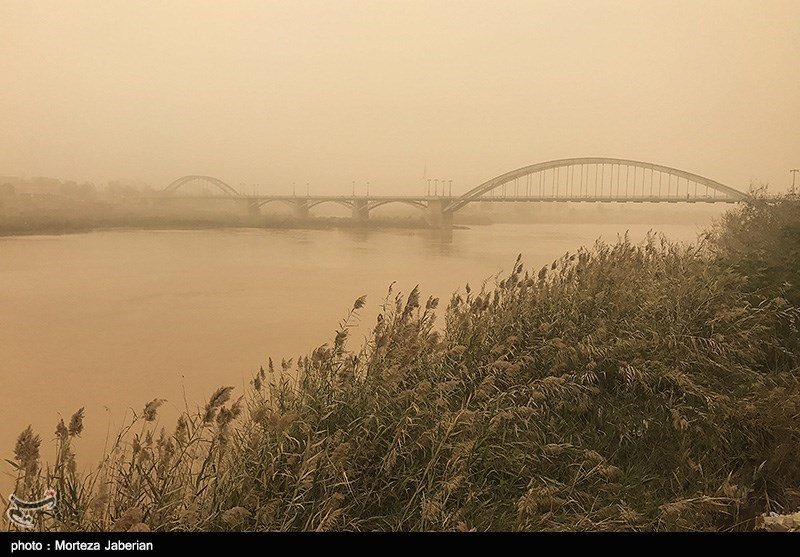‘Regional cooperation, only way to tackle SDSs’

TEHRAN – Sand and dust storms (SDSs) severely hitting the southern part of the country posing threat to human and environmental well-being, requires the cooperation of neighboring countries to be tackled, head of the international affairs at the Department of Environment (DOE) has said.
Since the past decade, SDSs have become of increasing concern among countries of western Asia and Iran due to its vast damaging effects on human health, agricultural land, infrastructure, and transport, Naser Moqaddasi said.
A number of regional agreements and policies to address SDSs have been signed between affected countries, which has not been so far efficient, he lamented.
SDS is a regional phenomenon, so to mitigate it, the interaction of countries is required, he added, YJC reported.
Moqaddasi made the remarks at a meeting held on November 5-6 in Tehran on the importance of regional cooperation to tackle natural incidents including sand and dust storms in Asia and the Pacific.
The Middle East region (West Asia and North Africa) is highly vulnerable to natural phenomena and climate change due to being located in arid and semi-arid areas, which are also facing problems and conflicts in terms of water resources, he further regretted.
According to the Intergovernmental Panel on Climate Change, an intergovernmental body of the United Nations, climate change brings heavy losses to Iran and areas located in the middle of the region, he said.
Through the studies conducted by the country’s research centers and international centers, all internal and external SDS hotspots are identified, he said, adding, the border between Iraq and Syria, the Arabian Desert, the lands of Iraq and Jordan are the major sources of sand and dust storms.
He went on to explain that most of the major dust sources are dominated by inland drainage basins in arid areas, due to the wind-erodible nature of their surface materials, exacerbated by the dry conditions, and the limited vegetation due to aridity.
To eliminate the internal hotspots, many researches and surveys have been conducted and plans have been implemented including seedling and vegetation planting, providing the water right of the wetlands and etc., he stated, adding, while to mitigate the external sources, many negotiations have been conducted and experiences shared which may not have been gone into force seriously.
He highlighted that Iran is among the countries with the most advanced knowledge in SDSs issue, however, we need to develop our communication skills to eradicate the issue through a regional and international cooperation.
Elsewhere in his remarks, Moqaddasi noted that the Pacific Centre for the Development of Disaster Information Management (APDIM), as a regional institution of the United Nations Economic and Social Commission for Asia and the Pacific (UNESCAP), can play a significant role in reducing the risks of natural disasters, including sand and dust storms.
On September 24, establishing a UN coalition on combatting sand and dust storms for enhancing collaboration, exchange of information, knowledge and good practices, advocacy and communication amongst various actors including UN entities, governments, academia, and the private sectors at the regional and national levels was proposed, and APDIM was approved which was based on ESCAP Resolution 71/11.
We also made great efforts towards international communication to solve the issue, as we organized an International Conference on Combating Sand and Dust Storms held in Tehran in July 2017 and a high-level dialogue on sand and dust storms wan convened during the 72nd session of the United Nations General Assembly on July 16, 2018, he concluded.
FB/MG
